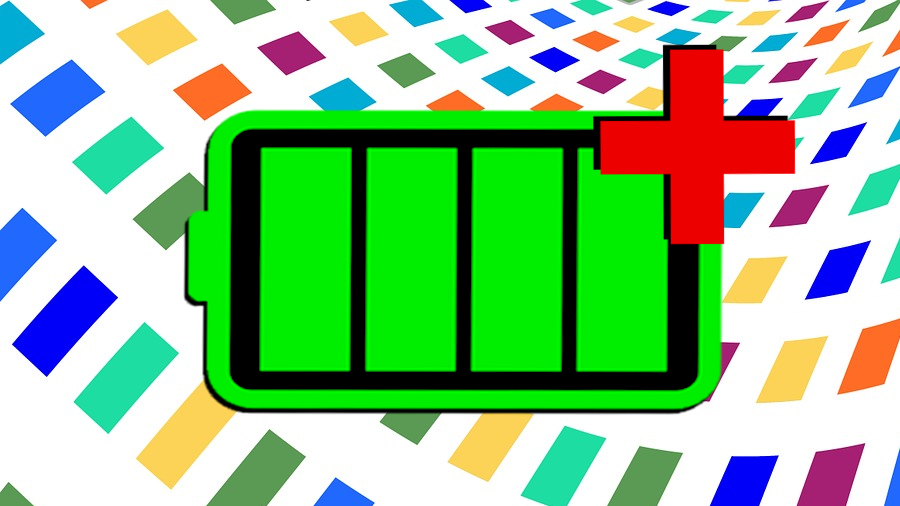Magnesium power cell breakthrough could mean batteries that don't explode
Doubling power storage too

Lithium-ion batteries are wonderful. They've changed the way we interact with technology over the last couple of decades, taking us from desktops, to laptops, to smartphones, to smartwatches. But there's a problem - lithium-ion batteries have a nasty habit of occasionally exploding.
So engineers around the world are working on safer replacements. One of the candidates involves replacing the lithium with magnesium, but historically the ability of magnesium batteries to store energy has been somewhat limited.
Enter Yan Yao, associate professor of electrical and computer engineering at the University of Houston, who believes he's made a pair of breakthroughs that could yield substantially greater efficiencies from these batteries.
“We are combining a nanostructured cathode and a new understanding of the magnesium electrolyte,” said Yao. “That’s new.”
For several years he's been working on getting magnesium ions to move faster. Faster-moving ions means more efficiency. Simultaneously, he's redesigned the cathode - the point from which the current flows - for greater performance.
General strategy
The result is a magnesium battery with a storage capacity of 400 mAh/g, compared with 100 mAh/g for earlier magnesium batteries. Traditional lithium ion batteries have a cathode capacity of about 200 mAh/g.
However, the voltage of the magnesium batteries can't yet compete with lithium. They output about a volt, compared with three to four volts for lithium.
Get daily insight, inspiration and deals in your inbox
Sign up for breaking news, reviews, opinion, top tech deals, and more.
But magnesium is much more abundant on Earth than lithium is, so it can be made more cheaply. And - importantly - magnesium batteries don't suffer from the same problems that lead lithium batteries to catch fire.
“We hope this is a general strategy,” said Hyun Deog Yoo, who also worked on the project.
“Inserting various polyatomic ions in higher voltage hosts, we eventually aim to create higher-energy batteries at a lower price, especially for electric vehicles."
The full details of the discovery were published in Nature Communications.
